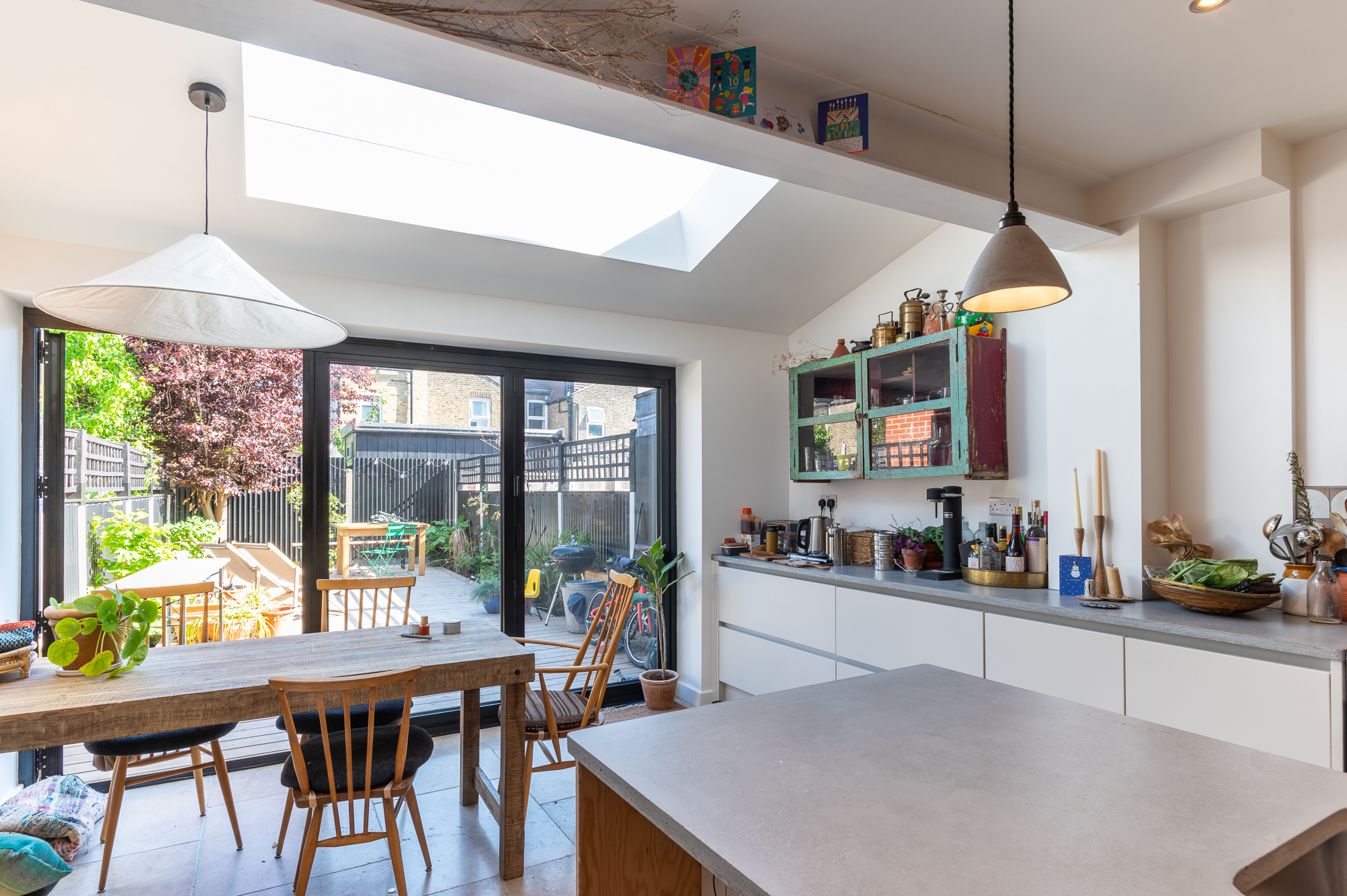The same home. A different experience.
Are you looking to transform your home with a modern, open-plan living area? A side return extension might be just the solution you need.
A side return extension maximises the unused space along the side and rear of your property, often in the narrow alley between two neighbouring homes. This is a space that is frequently overlooked and can be transformed into a functional and spacious part of your living space. Perfect for homes with smaller gardens, these extensions create additional living space without taking up too much of your outdoor area, making them a practical and stylish option for many homeowners.
What Our Clients Say
Featured Projects
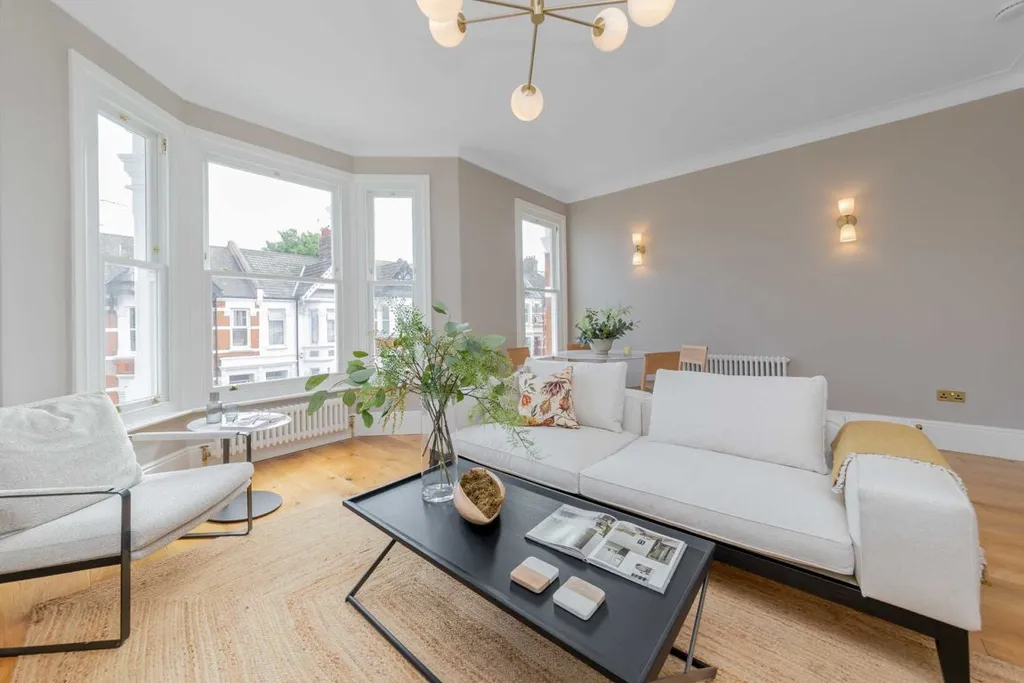
Harlesden
Sellons Ave NW10 4HJ
The project included creating a master bedroom in the loft with an adjoining terrace.
Learn more
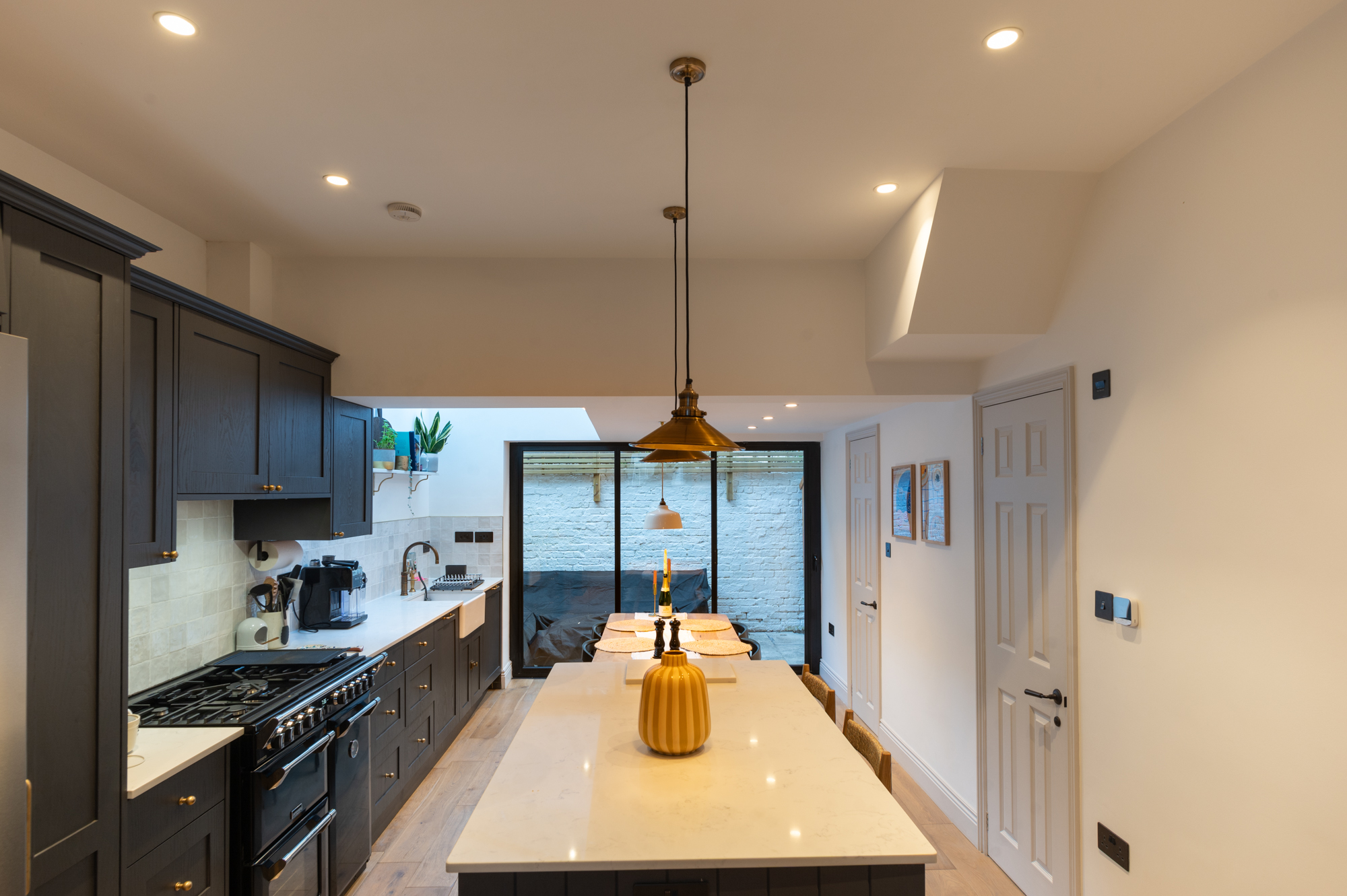
Fulham
Orbain Road SW6 7JZ
This project was completed in 2023 and the approximate budget was £101,000.
Learn more
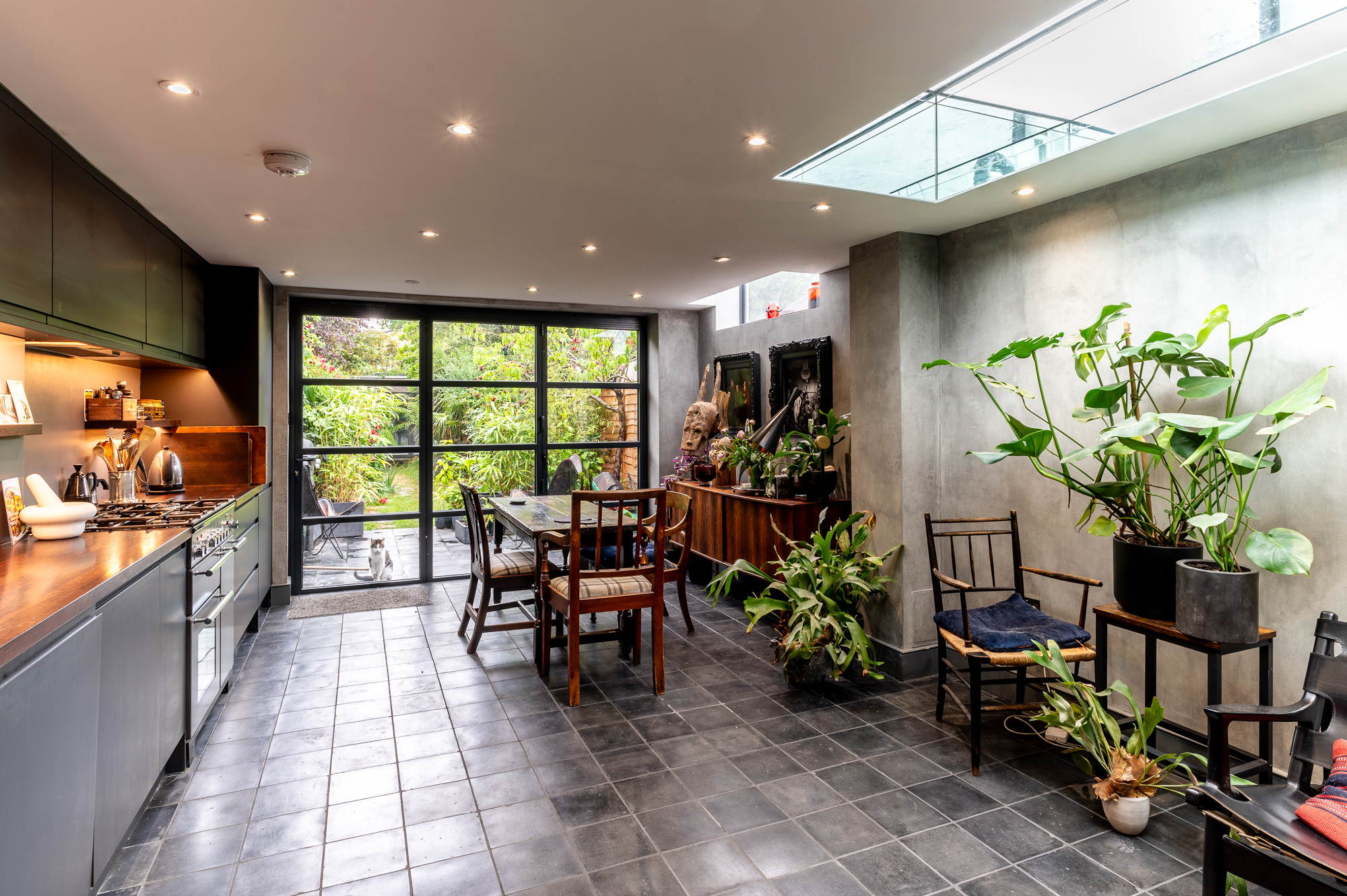
Lambeth
Hetherington Road SW4
We completed this stunning project for our client Angus in Lambeth.
Learn more
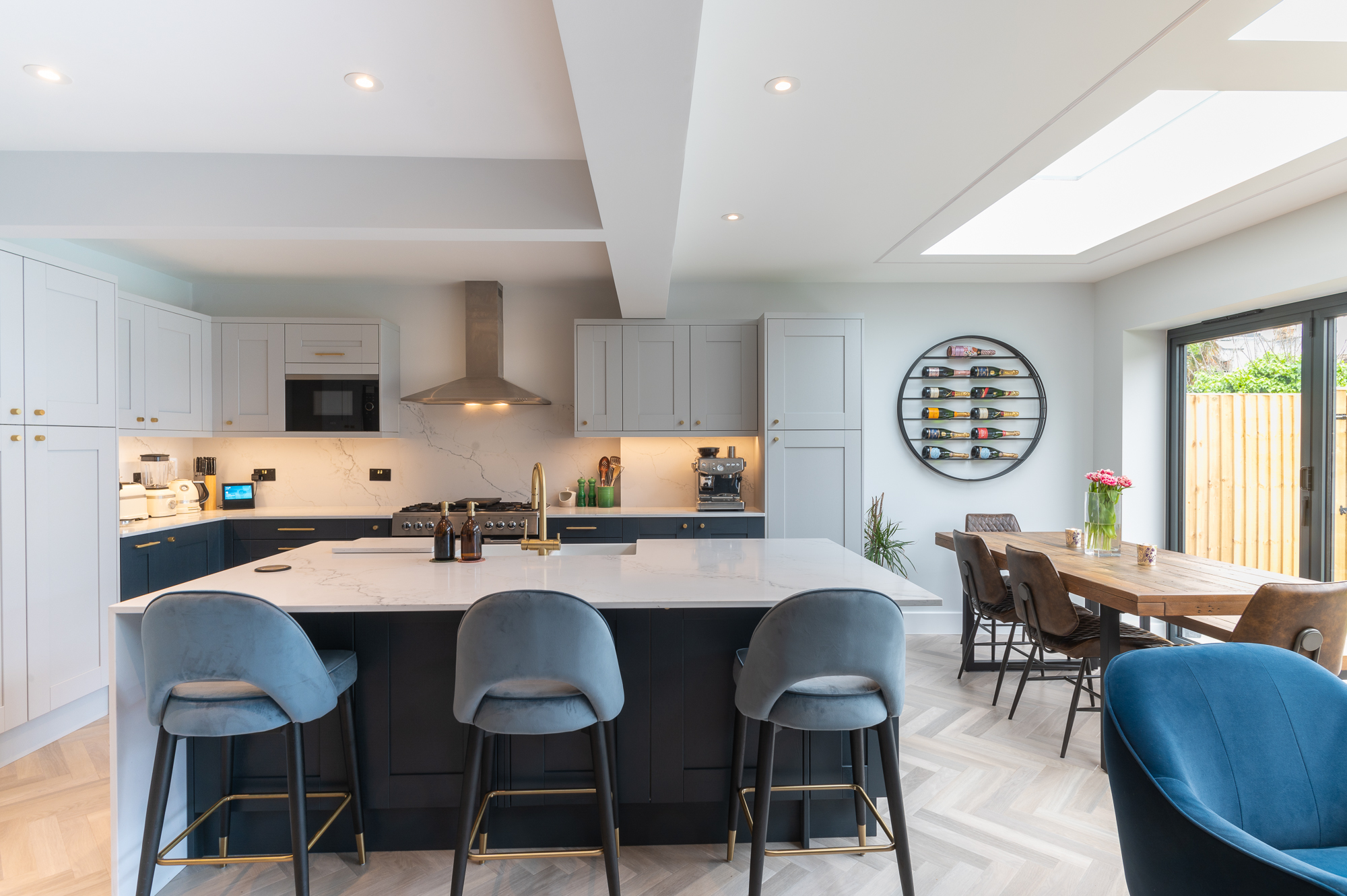
Teddington
Station Road SW4 7PA
We completed this exciting project for our clients on Station Road, a quaint residential area in the heart of Teddington.
Learn more

Leyton
Windsor Road E10
We completed this kitchen extension on Windsor Road, a charming residential street nestled in the heart of Leyton.
Learn more

Harlesden
Sellons Ave NW10 4HJ
The project included creating a master bedroom in the loft with an adjoining terrace.
Learn more

Fulham
Orbain Road SW6 7JZ
This project was completed in 2023 and the approximate budget was £101,000.
Learn more

Lambeth
Hetherington Road SW4
We completed this stunning project for our client Angus in Lambeth.
Learn more

Teddington
Station Road SW4 7PA
We completed this exciting project for our clients on Station Road, a quaint residential area in the heart of Teddington.
Learn more

Leyton
Windsor Road E10
We completed this kitchen extension on Windsor Road, a charming residential street nestled in the heart of Leyton.
Learn more
Frequently Asked Questions
We’re committed to delighting our clients, as much with our approach as with our solutions. Our values run through every aspect of what we do – from the moment you commission us, to the moment we hand over the keys.
The urban landscape of London has a rich stock of residential property. The terraced and semi-detached homes of Edwardian and Victorian origin had their hay day long ago. Now people want change and space for new possibilities that define modern life. Everyone is looking to improve their home, and nothing improves it better than space. Side return extensions London bring out the best in your home with an unprecedented potential for change. All Victorian terraced houses have a pathway that runs along the side, forming an L shaped garden. It is a place usually reserved for the bins and disused and discarded items. Building out on to this strip of land is called a side return extension. By knocking through interior walls, you can create one combined space or leave it separated with an indoor entrance. Whichever you choose, this method offers extra floor space for you to use. Usually, Side Returns are used for kitchen extensions to achieve an open-plan design that integrates the kitchen with a dining area, but your creativity doesn’t have to stop there.
The average time it takes is usually 4-5 months. Once the extension project kicks off, we work continuously until completion. However, delays for the building commencement can result from waiting for planning approval, should you need it, and party wall agreements. Required time also varies according to the size of the Side Return and the complexity of the design. If you are using the new volume as part of the kitchen and needs fitting or using it as a bathroom, there is more work involved than building it as a dining area or a utility room.
A single-storey Side Return is considered a permitted development (PD), which means you do not need planning permission. If your house is in a conservation area or listed, your PD rights may no longer apply. Guidelines also require for the;
- The extension to be no higher than 4m
- It covers only half the width of the existing house and half the land area around the house
- If there are no balconies, verandas, or raised platforms
To avoid violating any building regulations, you need to consult a professional architectural designer. Before we begin our Build phase, we prepare detailed technical drawings with precision structural calculations. You also need Party Wall Agreements to ensure there is no objection from neighbours when making structural changes to boundary walls. We assist you in this regard by working with party wall surveyors, as well as undertaking the planning application process.
Numerous factors determine the construction cost. The average Side Return extension cost stands at £35,000. You will be spending £1500 – £2000 as cost per square metre in London, although this can slightly vary depending on the design of your terraced house. We present you with an accurate estimate at the early stage of the process.
Good Design & Build team is always prepared to guide you through your extension projects with free initial consultation, site visit, and itemised quotes. Call us today to learn more.
Side Returns require structural changes to the boundary wall you share with neighbours, as this becomes your new house wall on that side. With no windows to allow natural light, you are looking at roof lights as an alternative. You can choose a flat or a sloped roof (pitched roof) for the extension. Sloped roofs are often the better choice for durability and rainwater drainage. Using a glass door or window can improve the look with the bonus of views of the garden. Adapting the plumbing is another important task as Manholes, waste downpipes, and rainwater downpipes should stay out of the way and out of sight. You will also need a new floor for the extended area, and if you are using it as an open-plan area, you need to match the new floor to the existing one.
Unlike a rear extension, a Side Return is walled-up on its wider side. Due to this reason, it needs help to stream in light. The roof is the ultimate light giver in this scenario. While a complete glass roof is optional, you can add skylights for natural illumination. A glass wall or ceiling to floor glass doors/windows, too, can contribute to harnessing natural light. Artificial light is also crucial, and you can fix lighting to the ceiling and walls. If you are installing kitchen units in the area, fitting lights underneath wall cabinets and shelves help light up the worktops without overcrowding the walls or roof space. You can fit a light under the extractor fan too. If you have a glass ceiling, long-armed wall lights can provide lighting solutions when there is no option to affix lights to the roof. You can suspend lighting this way, especially when you want to keep the wooden beams of your roof clean or when there is no chance of direct overhead lighting. A comfortable head height allows for pendant lights, especially for dining areas. You can also leave recesses in the ceiling or walls for ambient lighting. White or lighter shades of work surfaces, wall cupboards, shelves, and floor can help brighten up a room.
Downstairs bathroom
A second or a third bathroom never goes to waste when you have a big family. Include a swanky skylight for the shower area, and you might even be looking at a bath if the size permits.
Brick wall
By exposing the brickwork of your new wall or even using fancier bricks for the purpose, you can still retain the garden wall look. Introduce house plants and wall plants along with skylights, and you will create a pleasant outdoorsy feel for dining.
Pave the way
By extending the floor of the extension to the immediate garden area, you are creating an illusion of a larger space. Add a garden table and chairs or a comfy bench in the paved area. Divide the two areas by a glass window or wall with a discreet frame.











